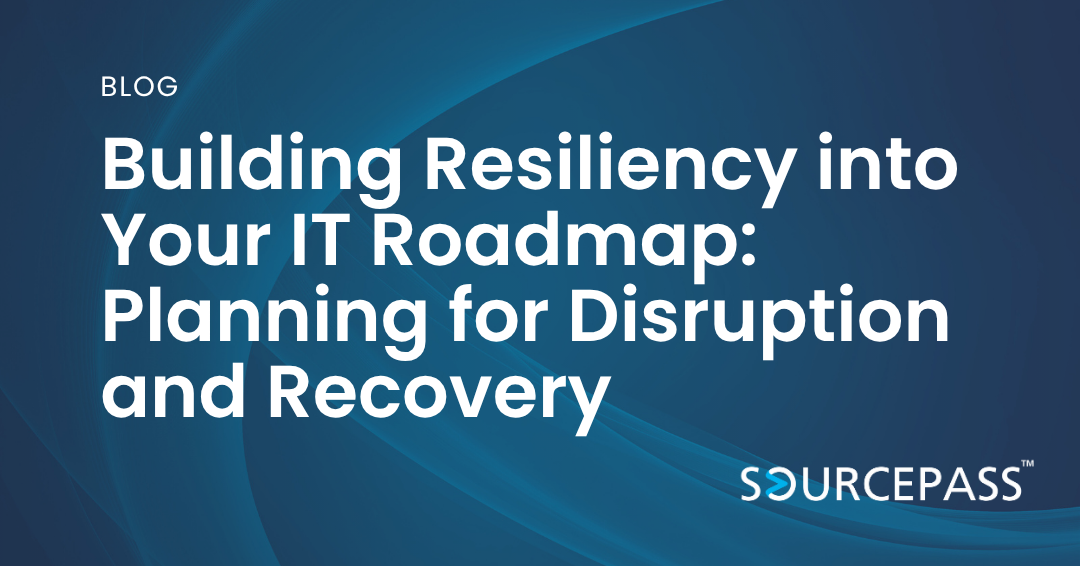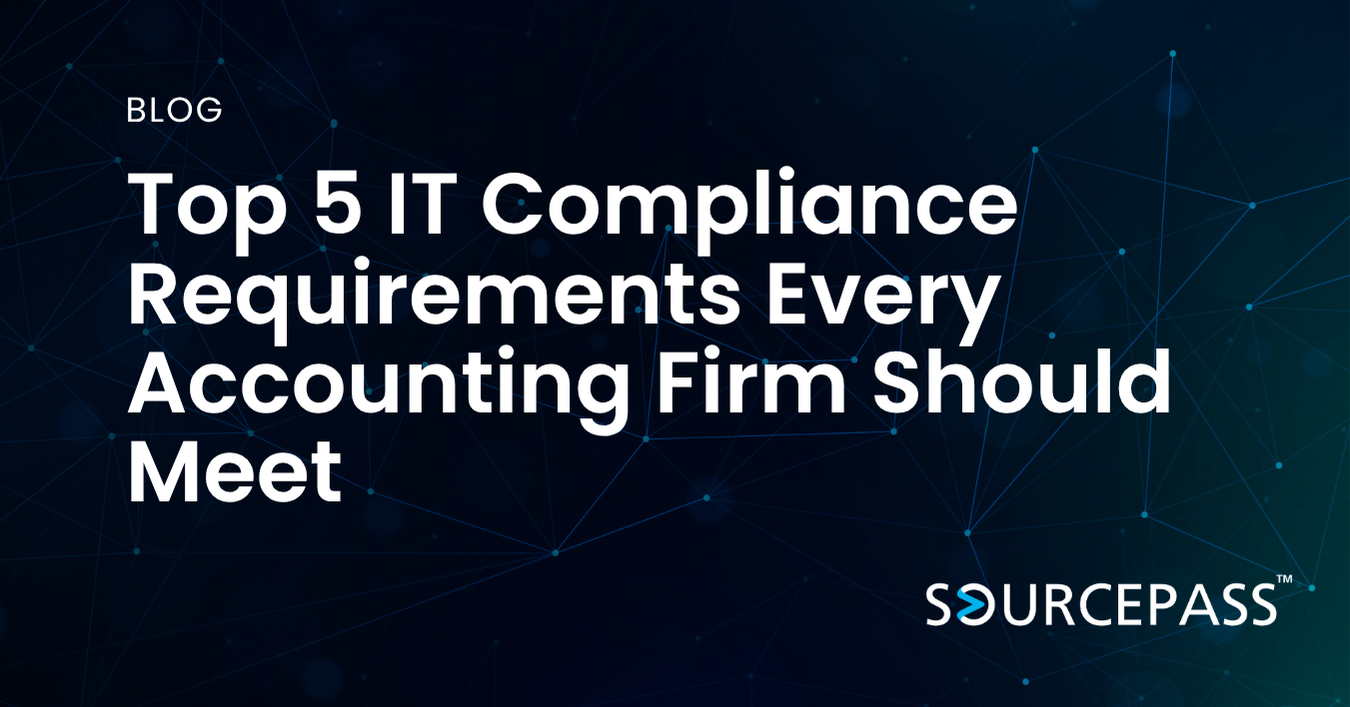Building Resiliency into Your IT Roadmap: Planning for Disruption and Recovery
Jul 15, 2025 Alex Davis Strategy & Modernization | Costs & Budget 2 min read



Resiliency isn’t optional — it’s essential.
No matter how solid your growth strategy looks on paper, unexpected disruptions will happen: cyberattacks, hardware failures, natural disasters, global events, even simple human error.
If your IT roadmap doesn't plan for these possibilities, a single incident could stall your business, damage your reputation, or even shut operations down entirely.
The good news? Resiliency can (and should) be built right into your IT roadmap.
Here’s how to make sure your technology strategy supports not just growth, but survival, recovery, and long-term strength.
Why IT Resiliency Matters
Business leaders often think of IT roadmaps only in terms of upgrades, innovation, and new capabilities.
But the true strength of your IT environment lies just as much in how quickly it can respond to and recover from disruption.
Without resilience built into your IT planning:
- Minor incidents can cause major downtime
- Security breaches can escalate into full-blown crises
- Recovery becomes slow, costly, and uncertain
- Regulatory penalties for data loss or downtime increase
By contrast, a resilient IT strategy ensures:
- Continuity even when unexpected events occur
- Quick recovery to minimize impact on customers and operations
- Protection of critical assets, brand reputation, and business trust
How to Build Resiliency into Your
IT Roadmap
Resiliency planning isn’t a separate process — it should be woven into every stage of your IT roadmap.
Here’s how:
Conduct a Business Impact Analysis (BIA)
Before you can protect your business, you need to understand:
- Which systems and processes are mission-critical
- How long your business can afford to be without them
- What the financial and operational impacts of downtime would be
This insight helps prioritize your investments in resiliency, ensuring that the most important systems get the most robust protections.
Integrate Business Continuity (BC) Planning
Business continuity means having a plan to keep operating during disruptions.
Your IT roadmap should include:
- Redundancy strategies (such as cloud backups, failover systems, and multi-site setups)
- Work-from-anywhere infrastructure to support remote operations if needed
- Regularly tested business continuity plans to ensure preparedness
Make sure technology initiatives are stress-tested for business continuity, not just for everyday use.
Embed Disaster Recovery (DR) Solutions
Disaster recovery focuses specifically on restoring systems and data after a disruption.
A resilient IT roadmap should build in:
- Cloud-based backups and offsite data replication
- Clear Recovery Time Objectives (RTO) and Recovery Point Objectives (RPO) for critical systems
- Automation where possible to speed up recovery processes
- Playbooks and runbooks for responding to specific incidents
The faster you can restore your IT systems, the less damage a disruption can cause.
Prioritize Security as a Core Component
Resiliency and security go hand in hand.
Your roadmap should include:
- Cybersecurity measures like multi-factor authentication, endpoint protection, and incident response plans
- Ongoing security risk assessments
- Security awareness training for employees
Preventing incidents is often the best way to avoid needing to recover from them.
Plan for Regular Testing and Updates
A resiliency plan you never test is a plan you can't trust.
Your IT roadmap should schedule:
- Business continuity drills
- Disaster recovery tests
- Cybersecurity simulations
Testing reveals gaps before real crises happen, giving you time to fix them when the stakes are low.
Strategic IT Roadmaps with Sourcepass
A truly strategic IT roadmap isn’t just a blueprint for growth.
It’s a safety net — designed to catch your business when (not if) unexpected events occur.
By embedding business continuity, disaster recovery, cybersecurity, and regular testing into your IT roadmap, you ensure that your technology not only drives innovation but also protects everything you’ve built.
At Sourcepass, we help businesses craft IT roadmaps that balance ambition with resilience, creating strategies that thrive in the real world, not just on paper.
Subscribe To
Sourcepass Insights
Sourcepass Insights
Stay in the loop and never miss out on the latest updates by subscribing to our newsletter today!
.png?width=500&height=100&name=White%20Logo%20-%20Transparent%20Tag%20(3).png)




